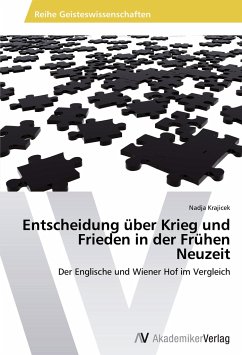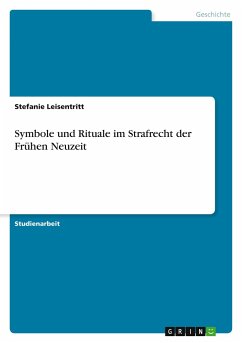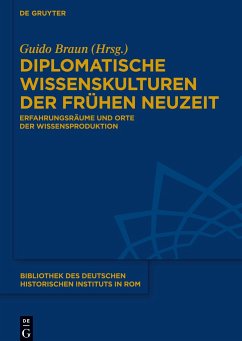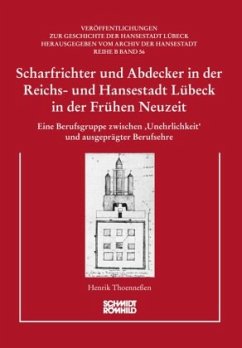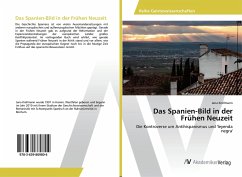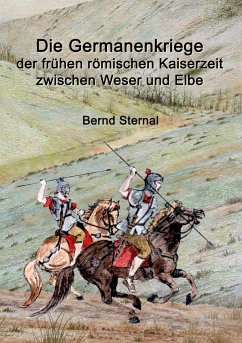Nicht lieferbar

Magnes: Der Magnetstein und der Magnetismus in den Wissenschaften der Frühen Neuzeit
Versandkostenfrei!
Nicht lieferbar
Winner of the Nachwuchspreis of the Georg-Agricola-Gesellschaft für Technikgeschichte und Industriekultur 2020.Why does a magnet attract iron? Why does a compass needle point north? Although the magnet or lodestone was known since antiquity, magnetism only became an important topic in natural science and technology in the early modern period. In Magnes Christoph Sander explores this fascinating subject and draws, for the first time, a comprehensive picture of early modern research on magnetism (c. 1500-1650). Covering all disciplines of this period, Magnes examines what scholars understood by...
Winner of the Nachwuchspreis of the Georg-Agricola-Gesellschaft für Technikgeschichte und Industriekultur 2020.
Why does a magnet attract iron? Why does a compass needle point north? Although the magnet or lodestone was known since antiquity, magnetism only became an important topic in natural science and technology in the early modern period. In Magnes Christoph Sander explores this fascinating subject and draws, for the first time, a comprehensive picture of early modern research on magnetism (c. 1500-1650). Covering all disciplines of this period, Magnes examines what scholars understood by 'magnet' and 'magnetism,' which properties they ascribed to it, in which instruments and practices magnetism was employed, and how they tried to explain this exciting phenomenon. This historical panorama is based on circa 1500 historical sources, including over 100 manuscripts.
For addenda et corrigenda, please see: https://ch-sander.github.io/PDFs/sander_magnes_addenda.pdf
Why does a magnet attract iron? Why does a compass needle point north? Although the magnet or lodestone was known since antiquity, magnetism only became an important topic in natural science and technology in the early modern period. In Magnes Christoph Sander explores this fascinating subject and draws, for the first time, a comprehensive picture of early modern research on magnetism (c. 1500-1650). Covering all disciplines of this period, Magnes examines what scholars understood by 'magnet' and 'magnetism,' which properties they ascribed to it, in which instruments and practices magnetism was employed, and how they tried to explain this exciting phenomenon. This historical panorama is based on circa 1500 historical sources, including over 100 manuscripts.
For addenda et corrigenda, please see: https://ch-sander.github.io/PDFs/sander_magnes_addenda.pdf





